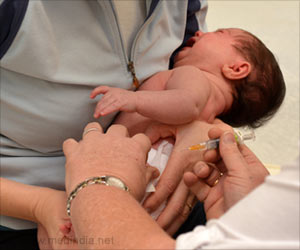Investing $4,205 in low-income countries, $6,496 in lower-middle-income countries and $10,016 in upper-middle-income countries can save a child.

The authors found that to save a child's life, the average cost is $4,205 in low-income countries such as Tanzania and Haiti, $6,496 in lower-middle-income countries such as India and Zambia, and $10,016 in upper-middle-income countries such as Botswana and Thailand.
"You can spend $4,000 on many different things but there are very few places where the money would deliver the kind of impact you get by investing it in child health," said Christopher Murray, Director of the institute for health metrics and evaluation, University of Washington.
If you invest in the poorest countries, you will see the biggest impact in child health because the costs of things like nutrition programs, vaccines and primary care are lower.
"We believe that this scorecard can and should be used after the end of 2015 to aid in tracking progress on the Global Goals for Sustainable Development," said Ray Chambers, UN Secretary-General's Special Envoy for financing the health millennium development goals.
The scorecard can provide a warning flag to show where child deaths are increasing despite increased spending.
Advertisement
Source-IANS












